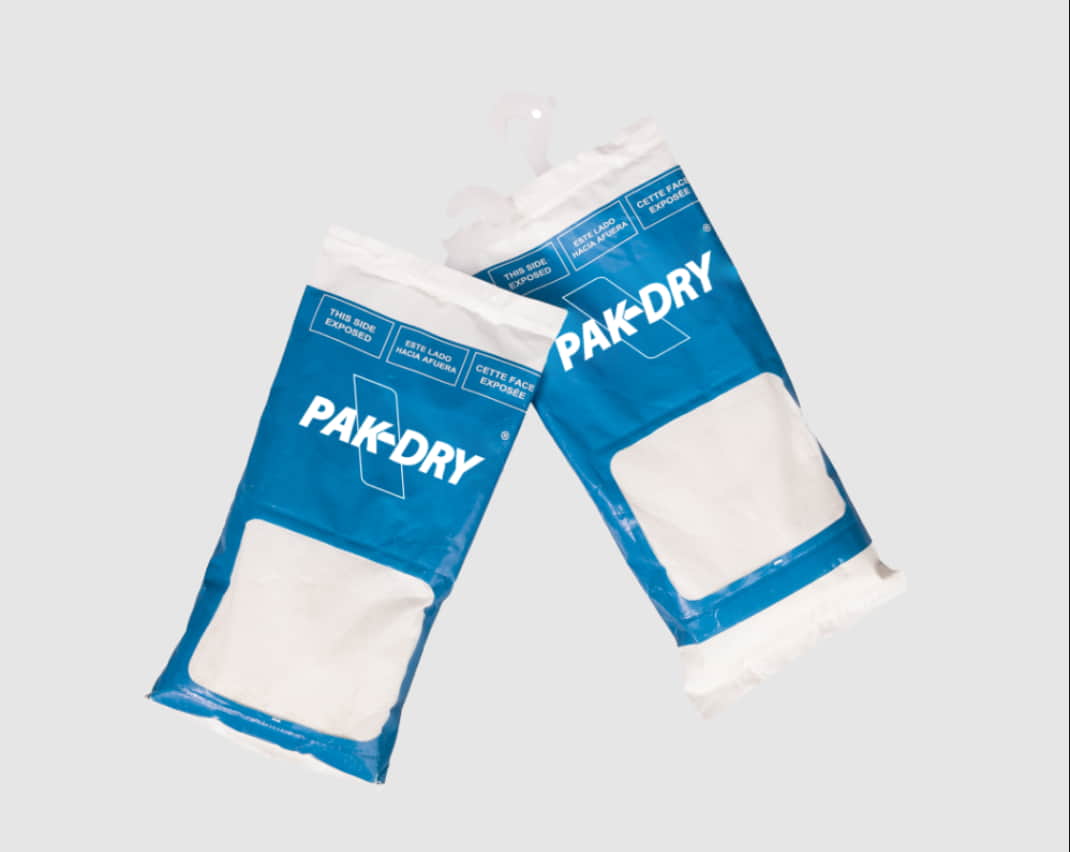In the shipping industry, ensuring cargo reaches its destination in prime condition is paramount. One of the challenges faced during transit is moisture damage. The solution? A container desiccant in Australia. These moisture-absorbing agents can protect your goods from humidity-related issues like mould, rust, or corrosion. However, with various types available on the market, how can you choose the right one for your shipping needs? Here are five factors to consider.
Understanding Your Cargo
Firstly, consider the nature of your goods. Different products have different sensitivities to moisture. Electronics, leather goods, textiles, and metal products are highly susceptible to moisture damage. On the other hand, goods such as glassware or certain plastics might not require as much protection. Understanding your cargo’s sensitivity to humidity will guide you in selecting the appropriate moisture-absorption solution.
Assessing the Journey
The length and conditions of the journey also play a critical role in choosing the right moisture mitigator. If your goods are travelling long distances or through areas with high humidity levels, you might need a more robust solution. Conversely, a shorter transit or a route through dry climates may require less intensive moisture control.
Evaluating the Packaging
The packaging used for your goods can influence the type of desiccant needed. For instance, if your goods are secured with composite strapping, the tightly bound nature of this packing method may limit airflow and increase the risk of trapped moisture. In such cases, a high-performing desiccant that can absorb moisture quickly would be beneficial.
Considering the Container Size
The size of the container is another aspect to ponder. Larger containers may seem to require more desiccants. However, it’s not just about the amount, but also about the placement. Proper placement ensures optimal performance of the desiccant, preventing any ‘moisture pockets‘ from forming.
Determining the Desiccant Type
Finally, not all desiccants are created equal. Silica gel desiccants are highly effective for most applications, but they may not be suitable for all. Clay desiccants, for example, offer a budget-friendly option for less sensitive goods. Meanwhile, calcium chloride desiccants are excellent for long-distance shipping or high-humidity environments due to their superior absorption capacity.
Conclusion
Selecting the right container desiccant in Australia is an essential step in ensuring your goods arrive at their destination in the best possible condition. By considering your cargo type, the journey it will undertake, the packaging used, the container size, and the type of desiccant, you can make an informed decision that best serves your shipping needs.

